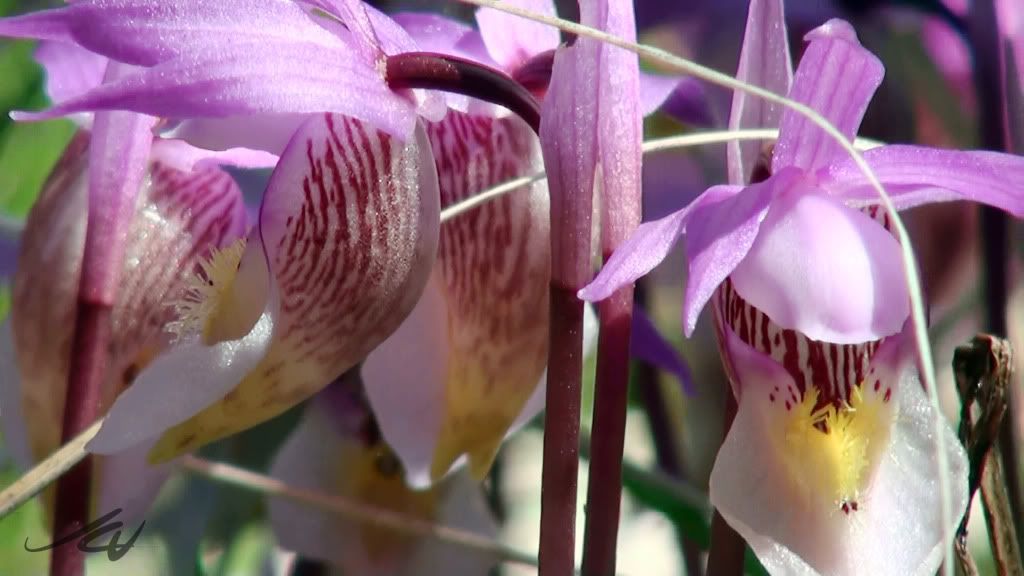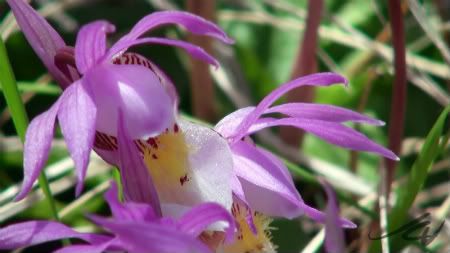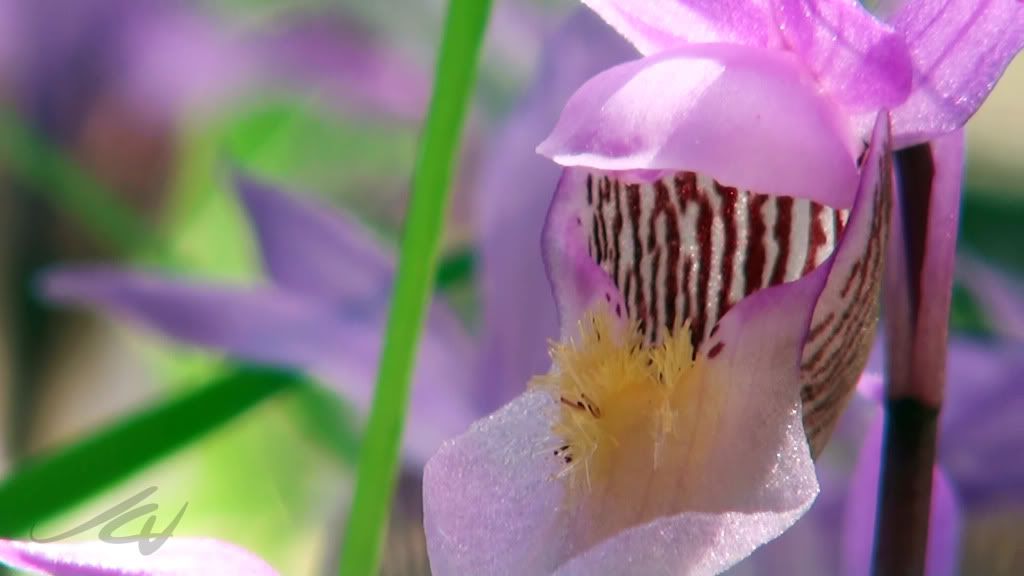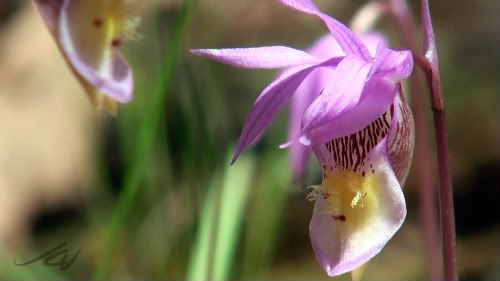The American Black bear is the smallest & most common species of bear. They are omnivores, so their diet is dictated by the season; i.e. new shoots, berries, roots, spawning fish. They live in forested areas throughout North America.
With man encroaching more and more into bear territory either through interface communities or hiking trails, encounters with bears will continue to increase.
This video of a sow with her two cubs was filmed at Hardy Falls (also known as Deep Creek), British Columbia. Hardy Falls is a popular walking trail into a densely forested area.
"We had gone our for a walk to the falls. About a third of the way in, another walker heading back to her car, informed us that she had spotted a bear up on the ridge above the path. We proceeded cautiously until we saw the sow and one cub, then the second cub. They were descending the steep slope down towards the creek and path.
We didn't move any closer, but continued talking and making noise, to let the bear know we were still there. More walkers gathered, and we all stayed a safe distance and ready to leave."
Black bears rarely attack when confronted by humans. At the same time, it is common knowledge if you live in bear country, that a sow with her cub(s) is potential danger. They are wild animals & will be protective of their young.
Coming between a sow and her cub(s) could spell disaster. There also are times when the family pet can be a real danger around bears. This happened recently with a Tappen man.
The attack happened last Saturday, near Tappen. According to Conservation Officers, while out on a walk, the Tappen man's dogs treed a bear cub and while the man tried to pull his dog away, the attacked. The man was knocked to the ground, mauled 3 times and only after fighting back, was he able to get free. The sow and cub ran off. Later at hospital, the man received 50 stitches for injuries to arms, chest & hands.
The bear will be tracked and possibly relocated. The Conservation Service recommends a few simple rules to observe when walking or hiking in our great outdoors:
- always be aware of your environment - things around you
- make noise so you don't startle bears
- if your dog is not voice command trained, keeping it on leash is advised
For more info: Kamloops Daily News
JCVdude
Joe Vass
Freelance Videographer/Citizen Journalist
( No.1 Most Viewed Video in Canada)
(19th Most Viewed All Time in Canada)
778.436.9804





